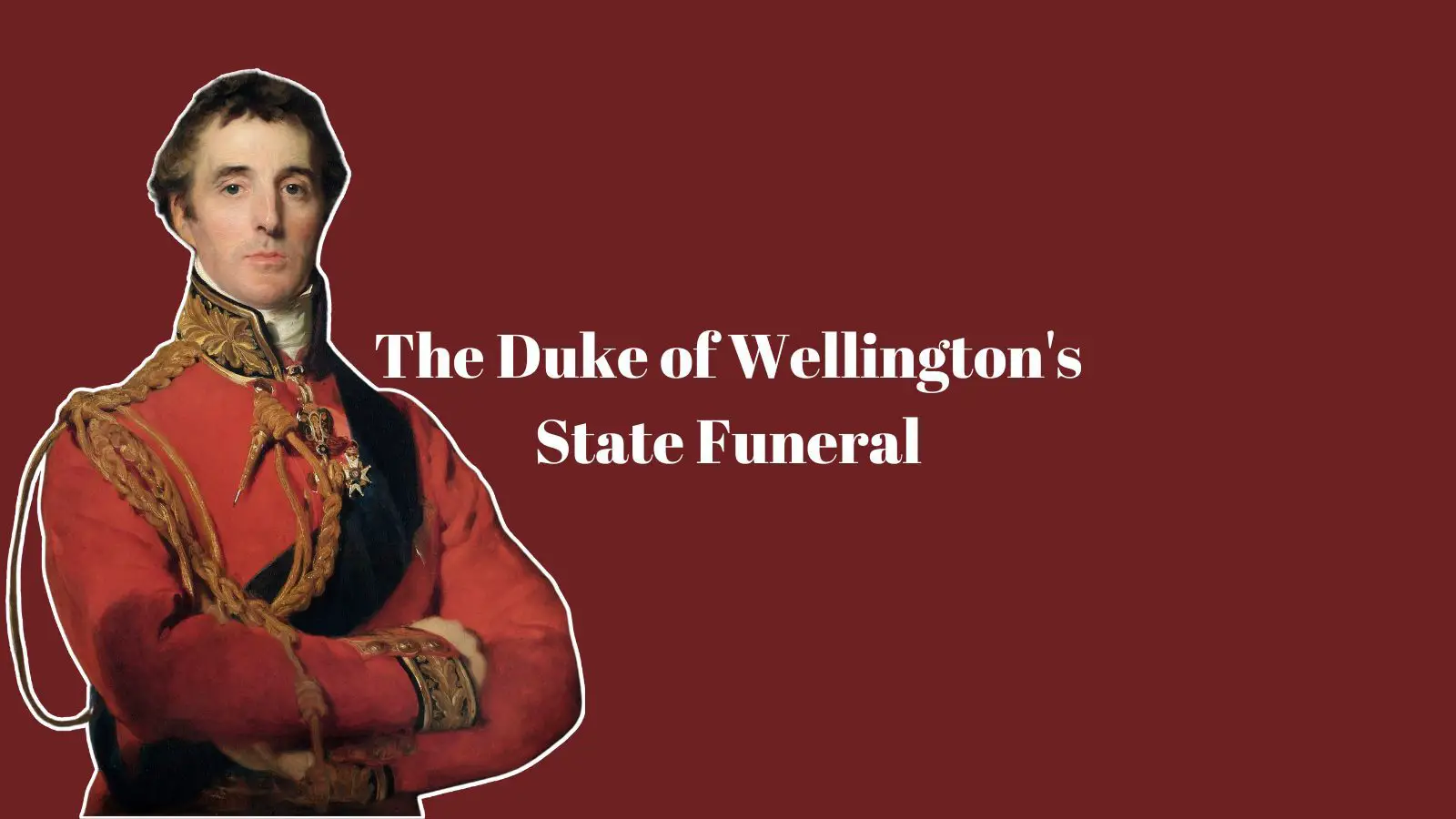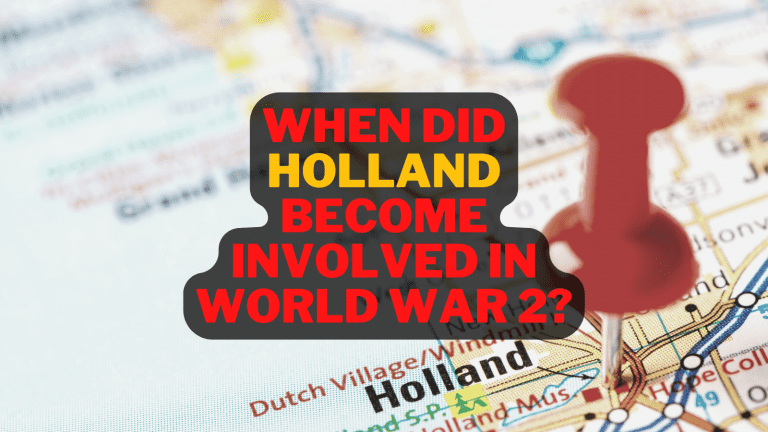The Duke of Wellington’s State Funeral
The 1st Duke of Wellington, Arthur Wellesley, died at Walmer Castle in Kent at the age of 83 on 14 September 1852. On 18 November 1852, he was given a state funeral at the insistence of the reigning Monarch, Queen Victoria.
Only very few British subjects besides Wellington have been honoured with a state funeral. Issac Newton, Lord Nelson, and Sir Winston Churchill are among these.
Who was the Duke of Wellington?
The Duke of Wellington was a leading British soldier and Conservative politician who served as the Commander-in-Chief of the British Army and was the Prime Minister of the United Kingdom. Twice.
Years before, on Sunday 18 June 1815, the Duke of Wellington defeated Napoleon Bonaparte at the Battle of Waterloo in Belgium, to perpetual acclaim.
The arrangements for Wellington’s Funeral
His funeral was arranged for the 18th of November 1852. The Gazette announced on 16 November 1852, that ‘All Peers intending to be present at the Solemnity of the Funeral of the late Duke of Wellington’ on Thursday 18 November 1852 ‘will find tickets prepared for them, and ready for delivery on application at this Office, any time to-morrow, between the hours of ten o’clock A. M. and five o’clock P. M.’ The tickets would be ‘required for their admission to St. Paul’s.’
The Duke of Wellington’s body was kept in Walmer for eight weeks, during which time Parliament reconvened to give formal approval for the expense of the funeral. Walmer was opened to the public on the 9th and 10th of November for thousands to pay their respects. Thereafter, his body was moved by train to lie in state at the Royal Military Hospital in Chelsea, London. Between 13 and 17 November, some 250,000 people filed past his body to pay their respects.
Wellington’s Funeral Procession
On 17 November, the day before the funeral, his body was taken to the Horse Guards of which the Duke had been the commander in chief. His funeral procession left from here on 18 November, with Prince Albert at its head leading 10,000. The funeral carriage carrying Wellington’s coffin was of bronze, drawn by twelve horses and followed by immediate family and close friends.
The procession started early in the morning, proceeding at a slow pace to the service at St Paul’s Cathedral that concluded only around mid-afternoon.
St Paul’s, although spacious, hardly had the room for all those attending the funeral.
The route of the funeral procession was a mass of spectators. The Times speculated that over 200,000 seats had been made and offered for sale, and every conceivable frontage, roof, and upper storey of the shops along the Strand was rented out. Memorial services were held in churches all across Great Britain, and at 3 p.m., bells tolled in unison from every parish church in the country.
The coffin was lowered to the Dead March from Handel’s Saul into the crypt next to Lord Nelson. Wellington’s sarcophagus was cut from coarse-grained granite.
Wellington’s Monument
The monument to Wellington that is to be seen in the north aisle of St Paul’s was originally erected in the cathedral in the chapel of St Michael and St George. Alfred Stevens created the monument but did not manage to finish it before his death in 1875. Having been moved, it is currently surmounted by an equestrian statue. It is symbolically rich in military victory with two groups of figures on the plinth, one of Valour crushing Cowardice, and the other of Truth thrusting Falsehood aside.






